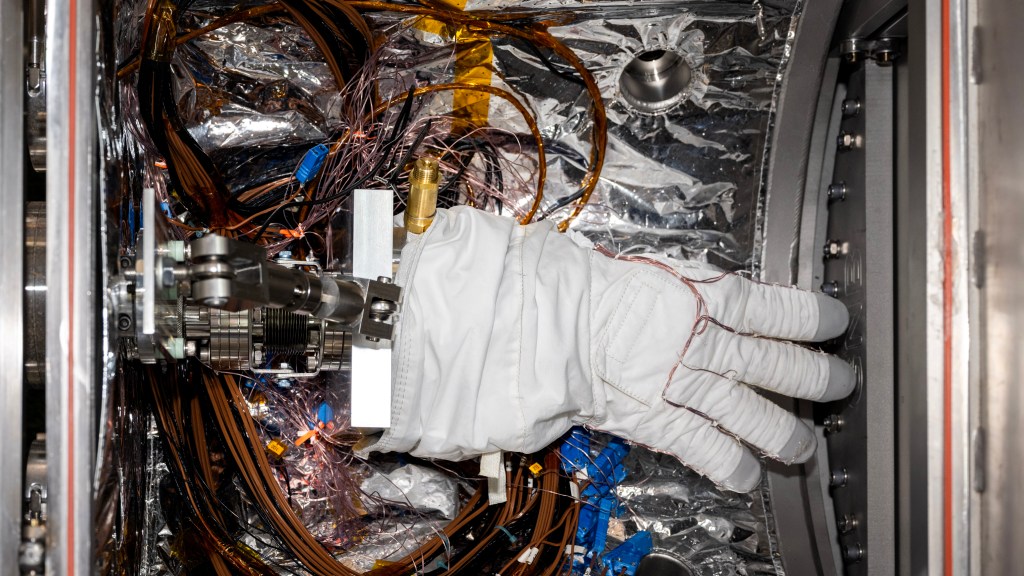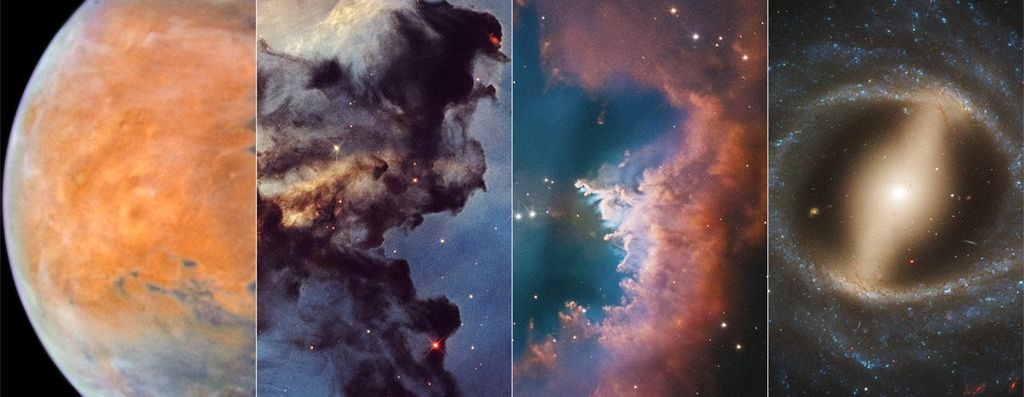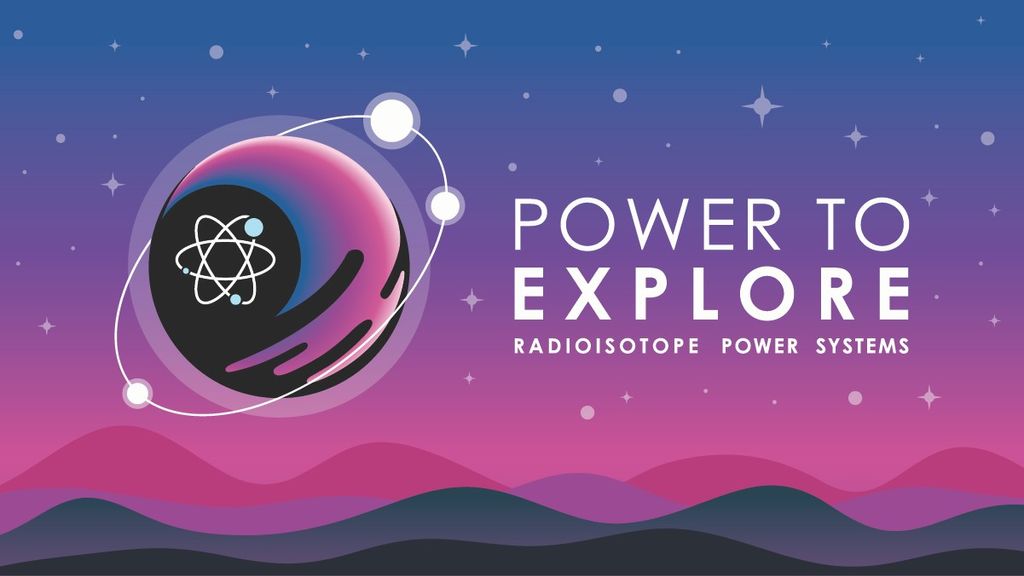Solution Convection and the Nucleation Precursors in Protein Crystallization (LMM Biophysics-5)
Science Objectives
Solution Convection and the Nucleation Precursors in Protein Crystallization (LMM Biophysics 5) tests whether solution convection – movement of molecules through the fluid – enhances or suppresses formation of the dense liquid clusters from which crystals form. The investigation uses images from the Light Microscopy Module (LMM) to characterize these clusters at different rates of convection to identify cluster formation mechanisms. This helps determine why protein crystallization investigations in microgravity often generate unexpectedly low or high numbers of crystals.
Status
The experiment has concluded, and science is being evaluated.
Experiment Description
The focus of the Solution Convection and the Nucleation Precursors in Protein Crystallization (LMM Biophysics 5) investigation is to better understand the effects of shear flow on nucleation precursors, and therefore, on crystal nucleation. In a microgravity environment, nearly zero-flow states within homogeneous and phase-separating specimens can be maintained for long time periods, providing a baseline against which sheared fluids can be compared.
Space Applications
Results may provide insight into the effects of lack of convection on protein crystal formation. The number of crystals formed in microgravity is sometimes greater and sometimes smaller than the number formed on Earth, creating problems for investigations that need a small number of well-separated crystals. Microgravity may affect not only the growth process of protein crystals but also their nucleation, the first step in crystal formation, when molecules arrange in a characteristic pattern on which the rest of the crystal builds.
Earth Applications
Insight into the nucleation or early formation of protein crystals may lead to significant improvement in crystallization protocols, enabling faster production of higher-quality crystals on Earth.





























